The amplified burden placed on nurses lately may have been spurred by the Pandemic but the resulting trends are likely here to stay. That means more work for nurses in the coming years to onboard new practices and systems and apply them in preparation to move forward into a new phase of healthcare where tech plays a much more integrated role. Studying the life of nurses can help us all deliver better patient results going forward.
What has the recent journey of nurses taught us about how tech can help, and in some cases, how it can hinder?
Alert Fatigue & Data Overload in the Life of Nurses
There’s a lot of talk in tech about systems having had to adapt over the last year. Perhaps no industry has felt this more than Health.
Even “good” systems can crack under too much weight and hospitals and clinics across the country have been operating beyond maximum capacity for some time now. Many of these systems have had to work quickly and adapt to the increasing need for; alert escalation protocols, risk assessment, patient tracking, and a hefty influx in data entry.
Incompatibility & Inefficiency
Technology is synonymous with efficiency but that’s not always the actual case. Simple processes like patient intake forms can become much more complicated when transitioned to an electronic process depending on things like usability, consistent service, and synchronicity with external systems.
The technology typhoon currently overtaking health and wellness combines standardized practices like intake forms with more robust data analysis and automation, and places the weight of the output largely on nurses.
Care Vs. Cope: Something Doesn’t Compute
Daily responsibilities of a nurse include EHR charting; recording patient behavior, collecting health histories, providing counseling and education to patients and families, interpreting patient data for decision-making, conducting research, carrying out treatment plans…the list is long.
Now imagine that all of the processes we’ve just mentioned are technology based (because they are), perhaps with multiple applications and alerting systems. “Fatigue” is as common a word in the tech sector as it is in the medical field, in tech we have alert fatigue, screen fatigue, and click fatigue. Not to mention, routine compassion fatigue… The life of nurses is full of demands and there is much motivation to find improvements. So, instead of inundating – any technology used needs to have the goal of streamlining without compromising required functions and data.
AI: Assist, Don’t Alarm
Setting up broad parameters that trigger alerts can equal an overwhelming number of alerts being sent. This is where automation can step in to prioritize and delegate alerts to the appropriate people. This not only works to curb the amount of alerts any one professional receives, but also to ensure that important data isn’t lost in the daily shuffle.
Alarming Rates
Research shows that anywhere from 72% to 99% of all alarms are false within critical care units, and some of the reasons may be corrected with better data analysis practices.
- Alarm parameter thresholds set too tight
- Alarm settings not adjusted to the individual patient’s needs
- Inability of staff to identify the source of the alarm
- Alarm is not heard or conveniently noticeable
The danger of over-alerting is that nurses and practitioners can become desensitized to alarms over time because, making a real precedence for implementing smarter alert escalation systems and practices. A lot of that has to do with assessment and establishing parameters, and that requires substantial data analysis, but there’s also another side to alert fatigue and that is data entry.
Data Per Shift
In a 2018 study done by US National Library of Medicine National Institutes of Health it was conveyed that mean rates were found, “of 633-689 manual flowsheet data entries per 12-hour shift in the ICU and 631-875 manual flowsheet data entries per 12-hour shift in acute care, excluding device data.
From this study it’s important to highlight that, “Automated streaming of device data only accounted for 5-20% of flowsheet data entries across our sample.”
Let’s break this down. EHR flowsheets are the primary destination for information. They are used by nurses to document information, assessments, and medical interventions. The study recommends that an increase in automated device integration would help to alleviate documentation burden which will cut down the time spent on data entry in general.
What Do Systems Need to Accomplish in the Life of Nurses?
To be successful in both tracking important patient data, and reducing the stress of massive documenting and alerting on nurses, a healthcare system needs to:
- Be easily usable and efficient
- The software needs to be reliable and able to sync to backup systems
- Support multiple downstream uses across device types
- Support decision making through analysis
- Support collaboration through secure data sharing where needed
- Combine and interpret data from multiple sources
- Automate escalations and other functions as needed
And further, alerting parameters need to be implemented that don’t detract from patient care. This requires setting alarm management processes, a review cycle for default parameters, and making employee guidelines for alerting clear and accessible.
All of this is a big ask for a single system, making a robust backend and an established path for future automation development an absolute requirement. But the creators at Primavera took on this challenge. All of these healthcare processes can be made Easier Together with a technology suite designed and enacted by health industry leaders to improve the life of nurses. Reach out to us to schedule a demo today.
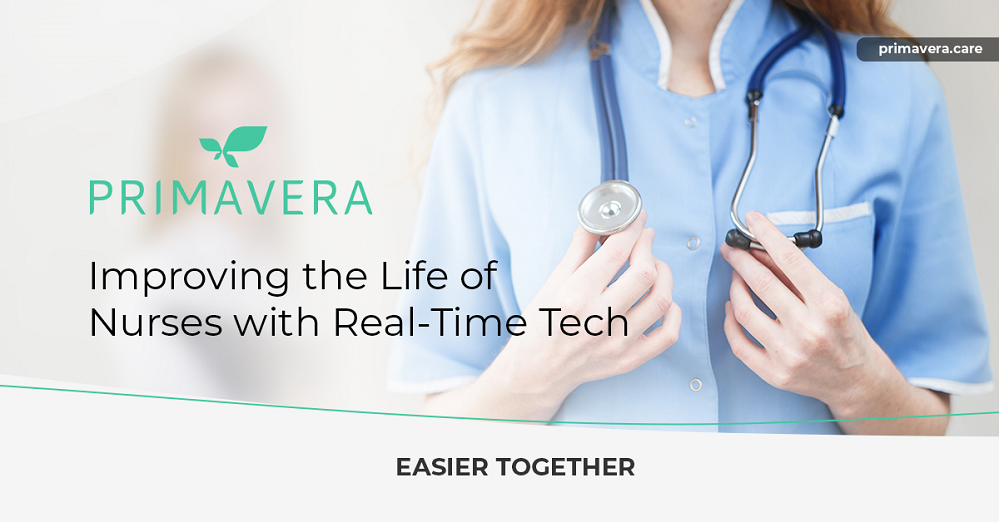



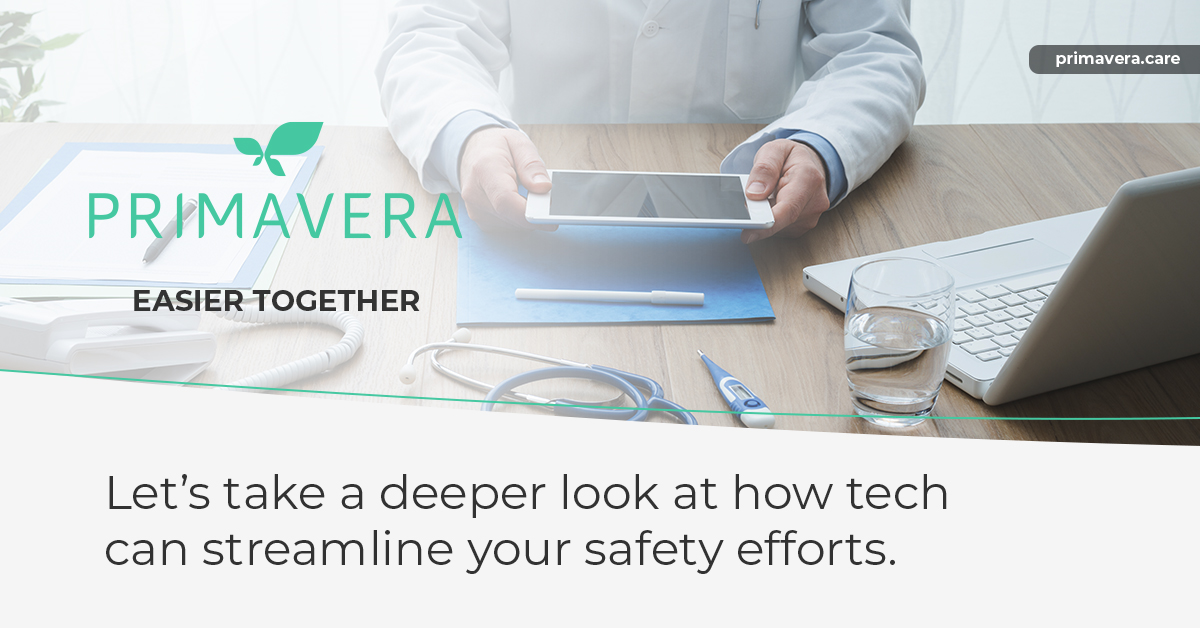
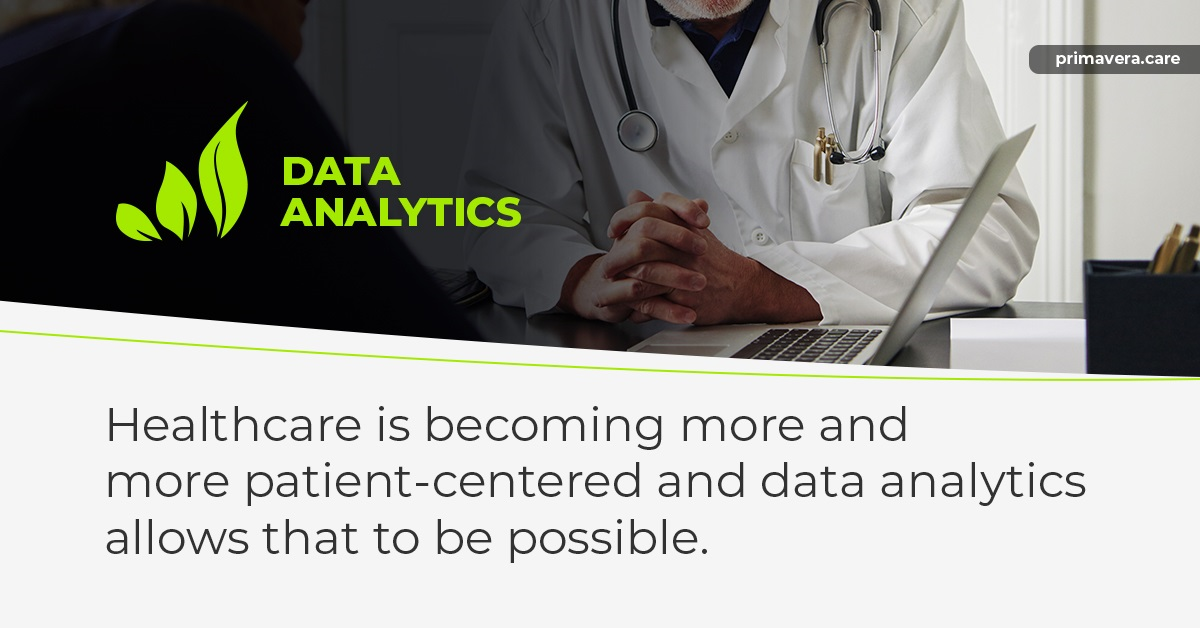

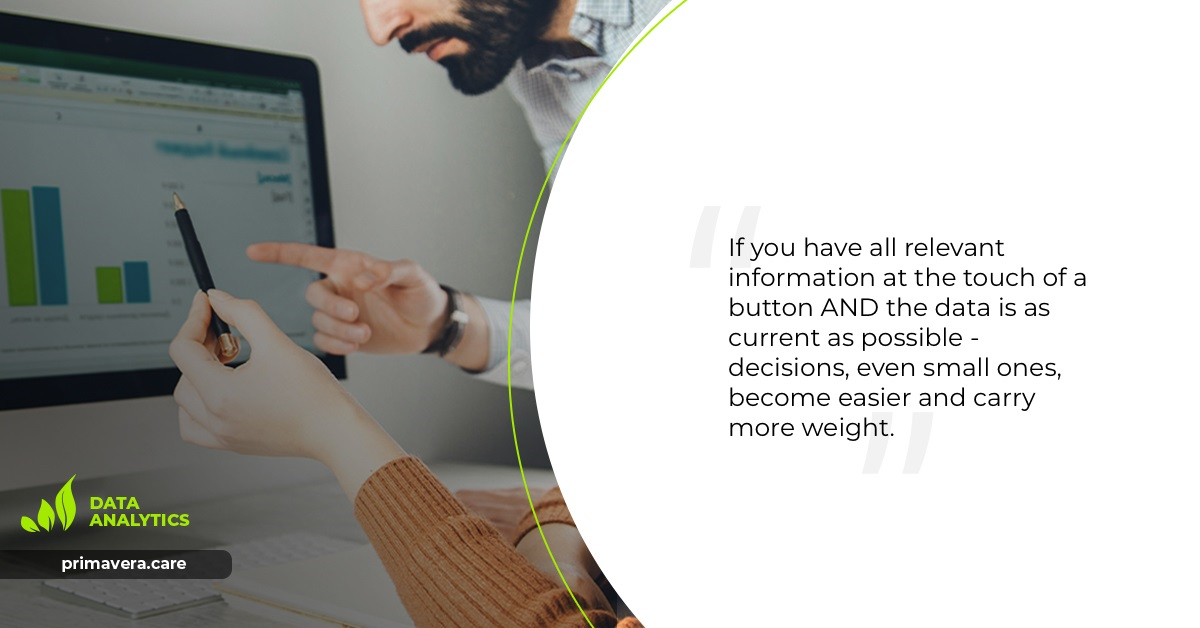

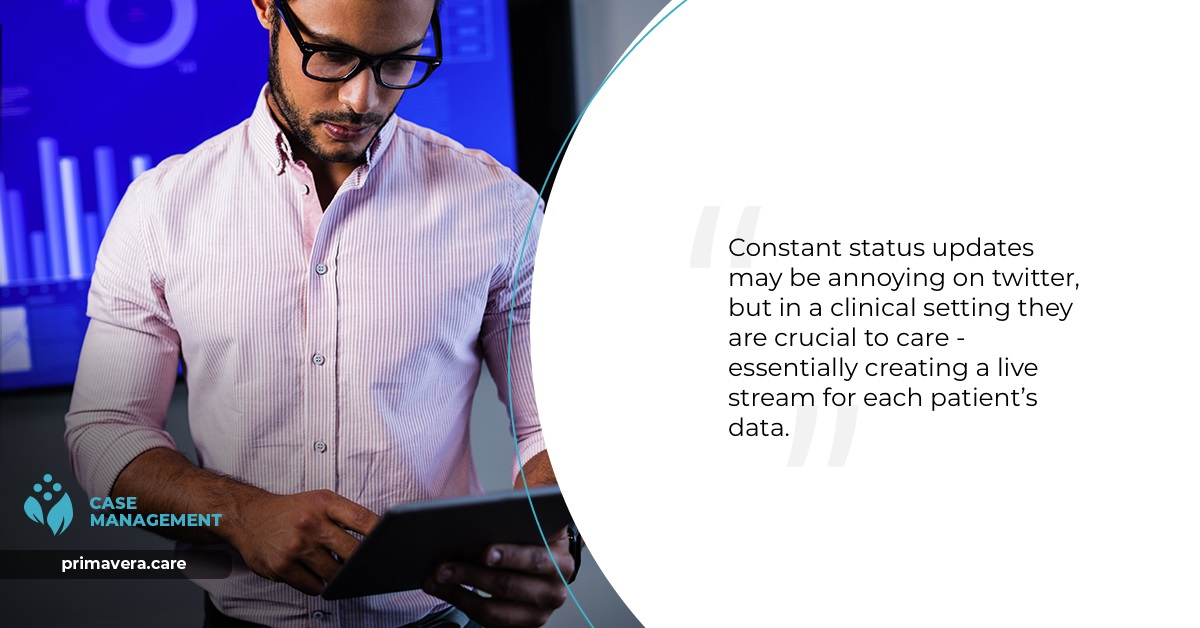
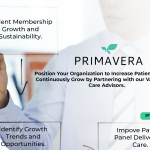
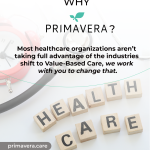

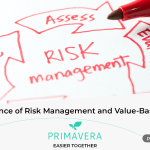



Recent Comments